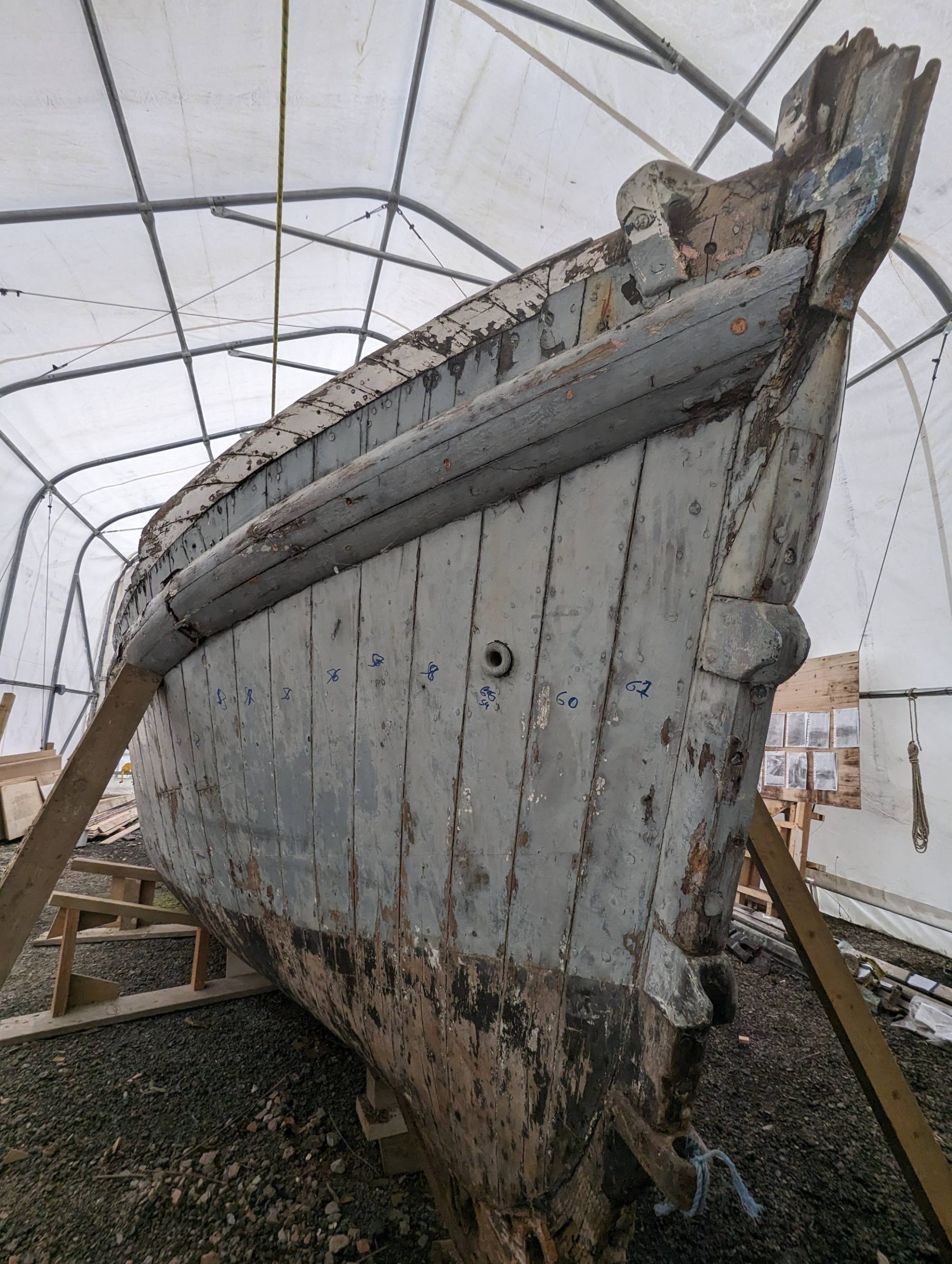
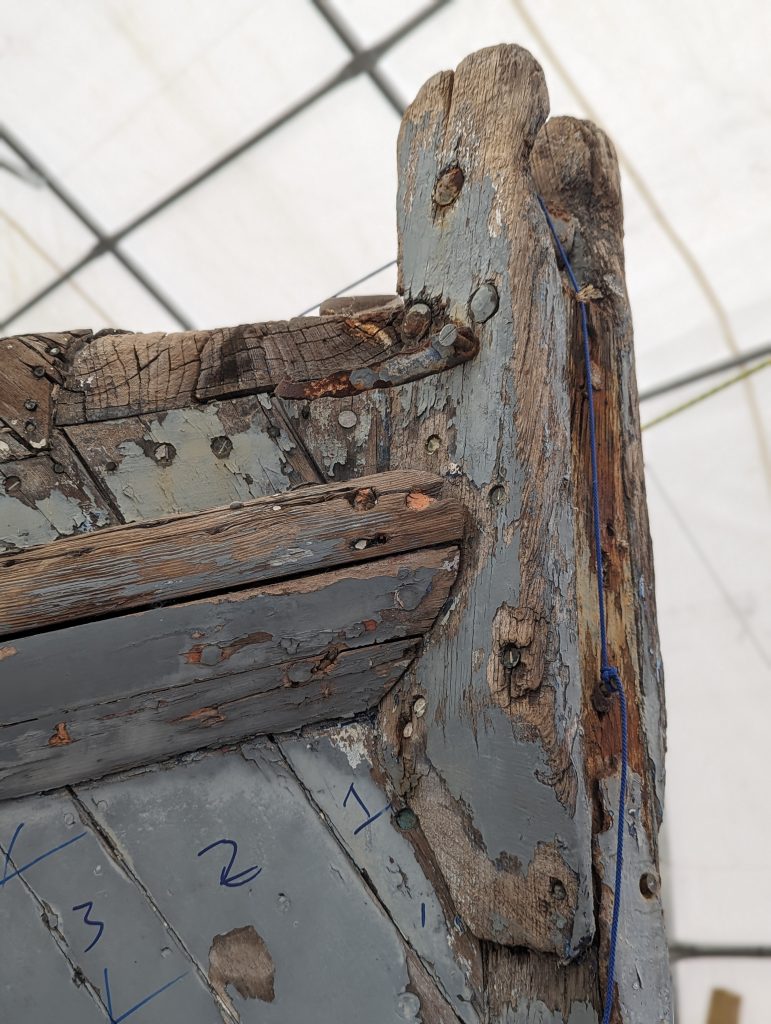
My name is Annemarie Munro. I am joining the Appledore Maritime Heritage Trust. This charity helps with the restoration of old boats. It is so important to share our marine heritage. Once restored, this lifeboat will once more be a local asset for modern day. Many people will be able to ride in her on the waves once more.
Touching the past
Today I was introduced to Jane Hannah Macdonald III. She is a lifeboat serving in Appledore in the early 1900s. I had read about her wen she was rescued from a boat yard in France. But I had not stood within her shadow before. I ran my hands along the worn but warm flanks. I leant over the gunwale to breathe in her sweet wood scent. It may be a romantic notion, but it was incredible to think that my touch was directly meeting those who had previously touched her through time: The builders back in the 1900’s, lifeboat men, rescuers grabbing her for safety from stormy seas, soldiers being rescued off the Dunkirk beaches, and fishermen heaving in their haul.
Impressive close up
The lifeboat towered above me. I fully appreciated the strength and courage of those who sailed her. Imagine launching this huge wooden vessel into the face of a storm to rescue others! Even in her rather sad, and threadbare state she presents a powerful image of past heroics. Hopefully through her restoration her full story will become known once more.
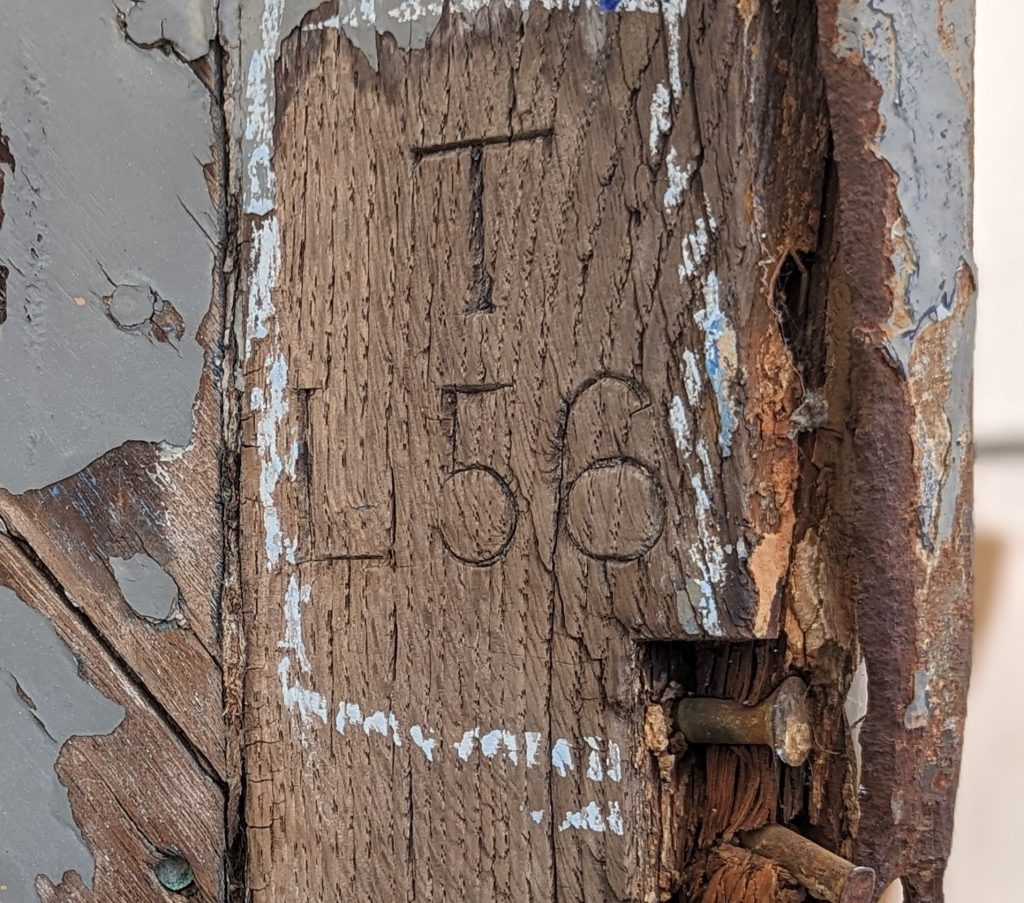
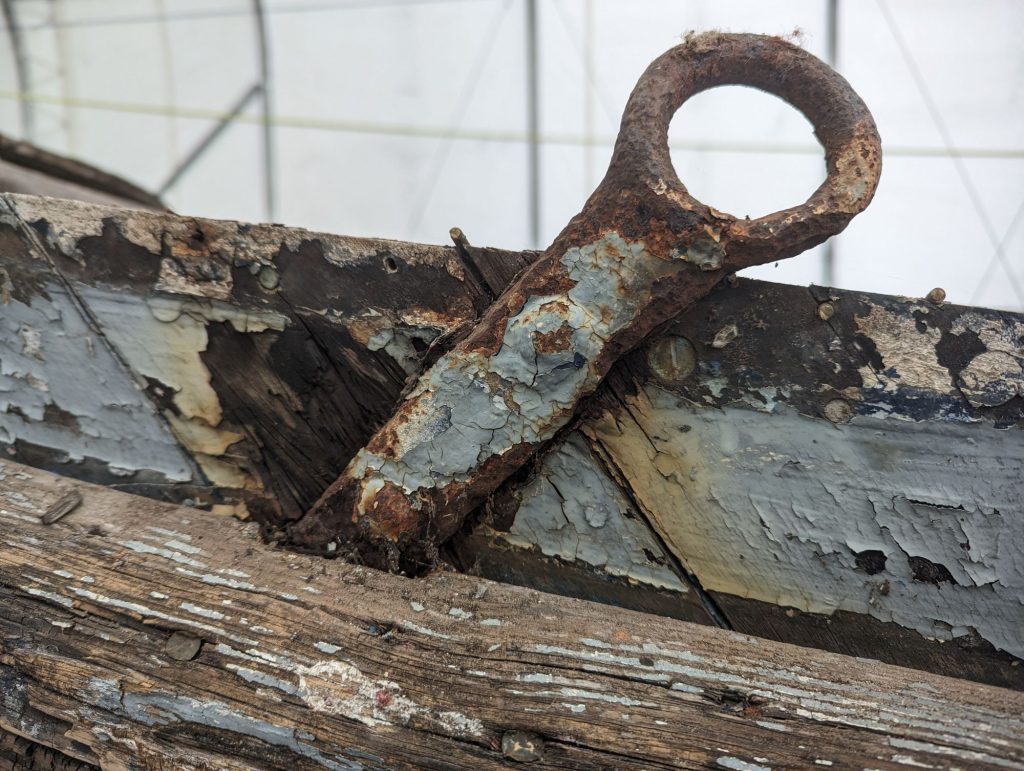
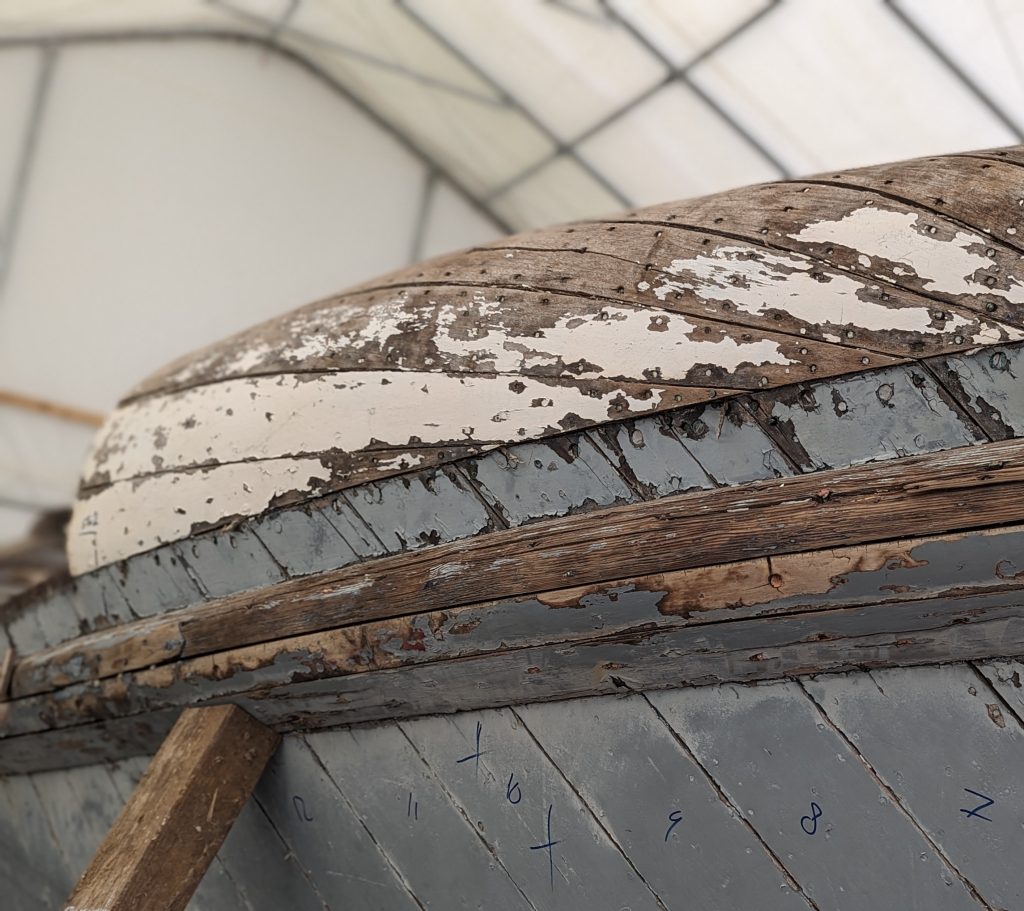
Keeping an eye on the end goal
I met with Chris Frisby, the boat restorer. The work to bring this old lady lifeboat back to her former glory is enormous. But we talked about keeping in mind the end goal to inspire – to be able to sit in her on the water once more. We visualise her taking people around the Devon coast once more. One day!
Next steps
In the meantime, the next stage of the process is to raise funds for a metal cradle. The lifeboat needs to be lifted. The cradle will support her so that integral aspects of her frame can be removed, and replaced. The most delicate part of the operation, Chris tells me, will be the removal and replacement (once restored) of the two wooden (Elm) and iron drop keels.